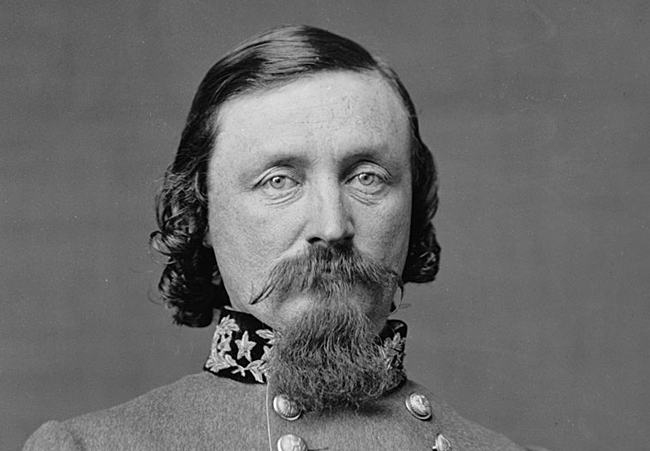Cemetery Ridge was an important site at the Battle of Gettysburg. For the Union Army, it formed the center of its "fish-hook" defense. For the Confederates, Pickett's Charge up Cemetery Ridge represented a desperate attempt against impossible odds to continue their foray deeper into Northern soil.
Longstreet's Pleas Fall on Deaf Ears
After Confederate attacks on both flanks of the Union army failed to dislodge them on the second day of battle, Confederate Commander Robert E. Lee was determined to strike them at their center on Cemetery Ridge on July 3rd. Lee's second in command, General James Longstreet urged Lee to reconsider the strategy, but Lee refused.
Softening the Union Defenses on Cemetery Ridge
On July 3rd, Lee ordered a massive artillery bombardment on the grounds in front of Cemetery Ridge for the purposes of softening the Union defenses. The bombardment was largely ineffective due to defective equipment and poor firing. Furthermore, Union forces returned fire creating an apocalyptic scene of war, fire, and smoke on the battlefield. Union gunners who overshot their targets actually ended up killing scores of Confederate soldiers waiting to advance on Seminary Ridge.
The Ill-fated Charge
At about 2:00 P.M., despite Longstreet's misgivings, Confederate infantry numbering about 12,500 stepped foot onto the grassy fields toward Union defenses nearly a mile away. The Confederate line was nearly a mile wide. As they drove forward on the undulating surface, they took withering fire from Union gunners and cannons from seemingly every direction. Huge gaps started appearing in the Confederate lines from the cannons, causing many to turn and run. It was a disaster for the Confederate Army. One in two soldiers on Cemetery Ridge that day was killed, wounded, or captured. Dozens of officers were killed or injured. Few Confederates made it to the stone wall, though Confederate soldiers under the command of Lewis Armistead were able to push Union forces back at a turn in the stone fence referred to as "The Angle." In what came to be known as the "High Water Mark of the Confederacy, this was the closest Confederate soldiers came to breaching Union defenses. Those soldiers were quickly repulsed.
 |
George Pickett |
The rout on Cemetery Ridge would represent the end for Lee's Army in Pennsylvania. He would never again fight on Northern soil.